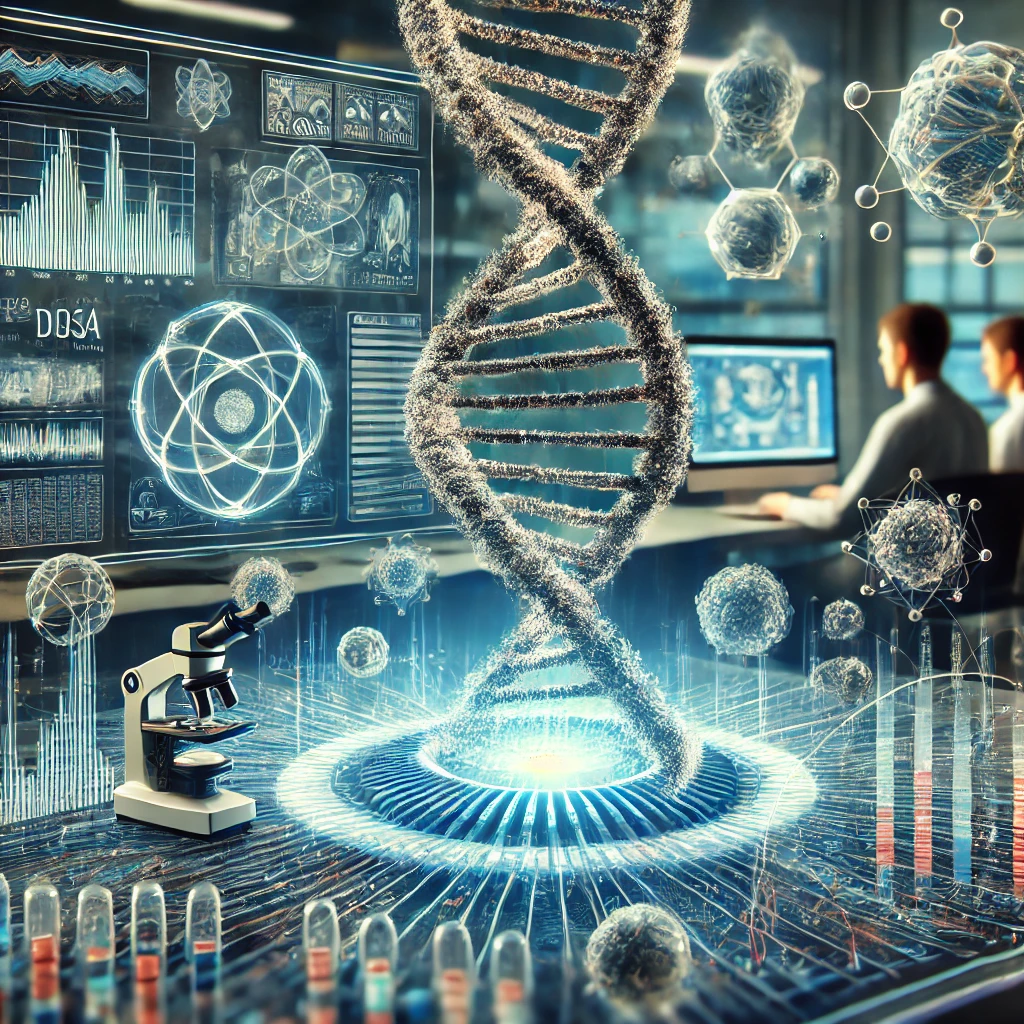What Is the Study of Genes and DNA?
Article Source: Genomics in Biology

Why you should care
Genomics is transforming our understanding of biology, helping scientists decode everything from genetic disorders to crop improvement. By studying the complete set of genes in organisms, we can make groundbreaking advances in medicine, agriculture, and environmental conservation. As genomics progresses, it promises to improve health outcomes and address critical global challenges.
Answering the question… What Is the Study of Genes and DNA?
Genomics focuses on studying the entirety of an organism’s genes—its genome. This field explores how these genes interact with each other and the environment, providing insights into evolutionary processes, health, and disease. Genomics extends beyond humans, covering plants, animals, and microorganisms, giving scientists valuable tools to study life’s complexities.
How was the study done?
Researchers conducted large-scale sequencing efforts, using advanced technologies to map complete genomes from various organisms, including humans, plants, and animals. The study used bioinformatics and comparative genomic analyses to compare species’ DNA, uncovering critical insights about gene functions and evolutionary relationships.
What was discovered?
- Mapping the Human Genome: The Human Genome Project successfully mapped all 3.2 billion base pairs of human DNA, identifying about 20,000-25,000 genes. This laid the foundation for understanding the genetic basis of diseases.
- Genetic Variations: The study revealed that humans share 99.9% of their genetic makeup, but the 0.1% difference holds crucial information about individual susceptibility to diseases like cancer, diabetes, and heart conditions.
- Evolutionary Insights: Genomic comparisons across species uncovered evolutionary timelines, helping scientists track gene mutations over millions of years. For example, humans and chimpanzees share 98.8% of their genomes.
- Medical Breakthroughs: Genomic research has led to the identification of thousands of disease-related genetic variants. For instance, BRCA1 and BRCA2 genes are now linked to breast cancer risk, enabling better-targeted treatments.
- Agricultural Advances: Genomics has identified genes in plants that improve yield, disease resistance, and stress tolerance. In crops like rice and wheat, genomics is used to breed varieties that can thrive in diverse environmental conditions, addressing global food security issues.
Why does it matter?
Genomics is rapidly transforming how we understand and address biological challenges. In healthcare, genomics allows for personalized treatments based on a person’s unique genetic makeup. In agriculture, it improves crop yields and resilience, helping combat food scarcity. As genomic technologies advance, they will continue to unlock new possibilities for improving health, environment, and food security.
